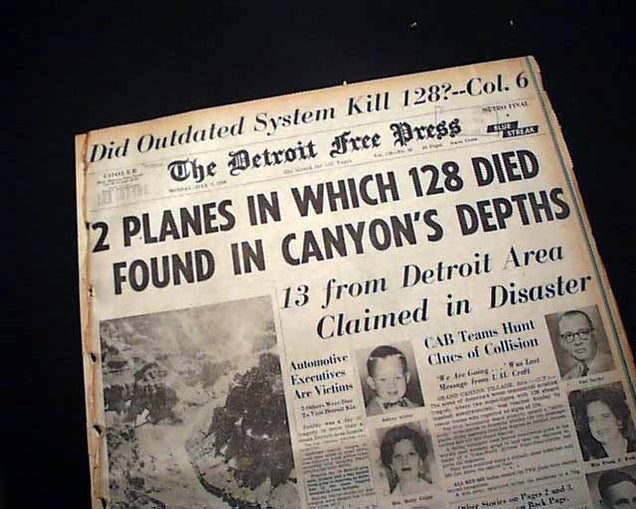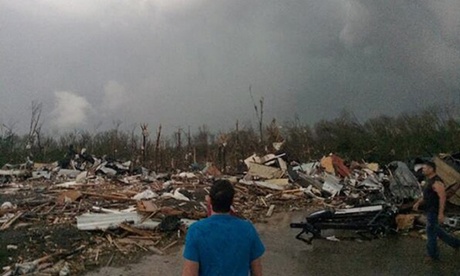
Search teams say they'll use floating buoys in an attempt to stop bodies drifting away from the accident site.
The buoys will be used to detect various environmental factors such as the wind direction, speed, water temperature and water pressure to convey information in real time about the possible location of bodies that may have been carried away by strong sea currents.
Among the 188 bodies recovered so far, around 40 were found outside the vessel.
There's currently a net 13 kilometers long surrounding the site.
The search team is also expanding its operations to a 60 kilometer radius around the accident site.
Divers were battling atrocious weather conditions and powerful swell on Sunday in their grim search for bodies believed trapped in a sunken South Korean ferry, a coastguard spokesman said.
Rolling seas whipped up by strong winds were badly complicating efforts to find the remains of more than 100 people still unaccounted for 11 days after the Sewol capsized with 476 people -- many of them schoolchildren -- on board.
Despite waves up to three metres (nine feet) tall and near gale-force winds, teams of divers were still trying to get into the ferry.
"The situation is very difficult due to the weather, but we are continuing search efforts, using the occasional calmer periods," a coastguard spokesman said, adding 93 divers would take part in Sunday's operation.
Heavy seas prevented divers from getting into the ship on Saturday.
Forecasters warned wind and rain would pick up throughout the day.
"There is a possibility that a high wave advisory will be issued in sea areas around Jindo Sunday afternoon," Yonhap news agency quoted a weather service official as saying.
Frogmen -- who were unable to get inside the ferry for the first two days -- have battled strong currents, poor visibility and blockages.
The conditions each mission can be no more than a few minutes in length.
But even in this short time, they are coming across scenes of horror in the murky water, including one dormitory room packed with the bodies of 48 students wearing lifejackets.
Around a quarter of the dead recovered so far have been found in waters outside the sunken vessel, and there are fears that some of the missing may have drifted free from the wreck.
That could be exacerbated if the sea is churned by the gathering storm, scattering bodies.
Authorities -- wary of the anger among relatives about the time the search ios taking -- have mobilised trawlers and installed 13-kilometre-long (eight-mile-long) nets anchored to the seabed across the Maenggol sea channel to prevent the dead being swept into the open ocean.
South Korea has asked Japan and China to inform it about any bodies that wash up on beaches, reports said Monday, as fears grow that some of those who died when a ferry sank may never be found.
Park Seung-Gi, a spokesman for the government's Joint Task Force which is co-ordinating actions, vowed Monday to redouble efforts to prevent bodies getting lost in the sea.
Special teams have been set up to search underwater around the sunken vessel, as well on the sea surface, nearby islands and shores, he said.
"We will try our best to find bodies by using all our resources including helicopters, warships, patrol ships and search personnel," Park told reporters.
"We have asked China and Japan to contact us if they, by any chance, find any unidentified bodies washed up on shore," it quoted one rescue official as saying.
In deeply Confucian South Korea, the proper burial of bodies -- often in the deceased person's home town -- is considered a way to show respect for the dead and to allow their soul to rest in peace.
Waterlogged debris, cramped conditions and poor visibility is making their gruesome task very difficult, say officials, with several frogmen reporting injuries or decompression sickness.
Monday 28 April 2014
http://www.arirang.co.kr/News/News_View.asp?nseq=161586
http://www.channelnewsasia.com/news/asiapacific/storm-swell-hampers-s/1084776.html





